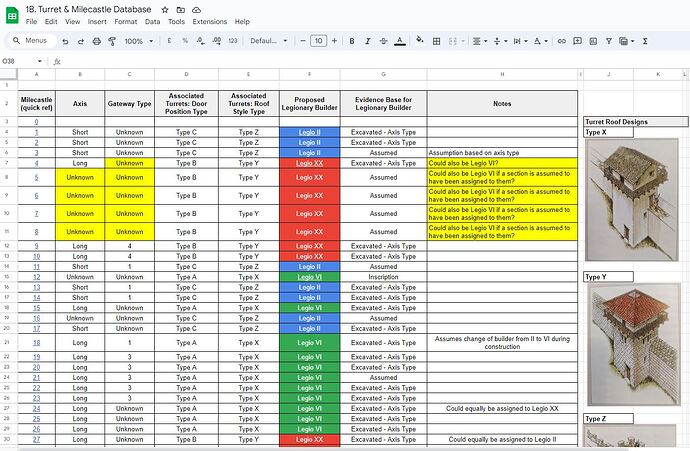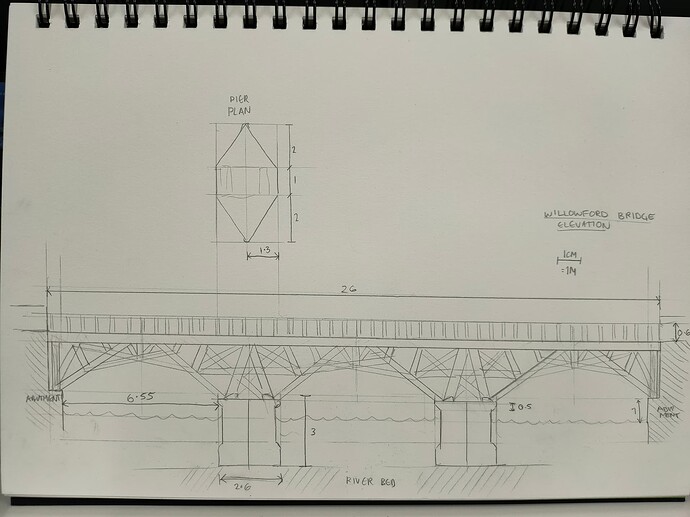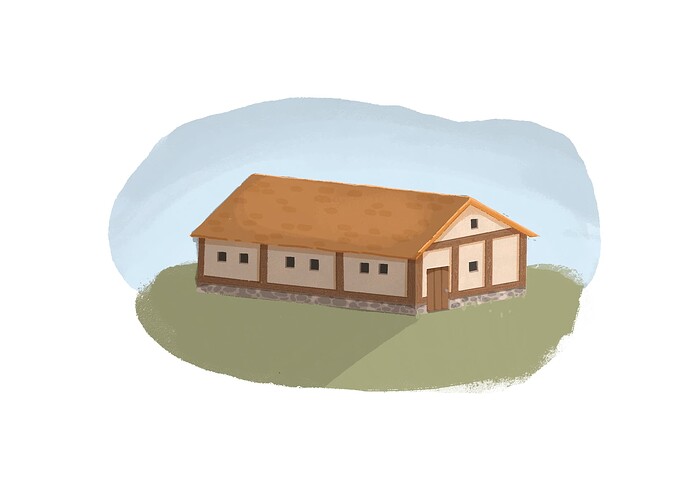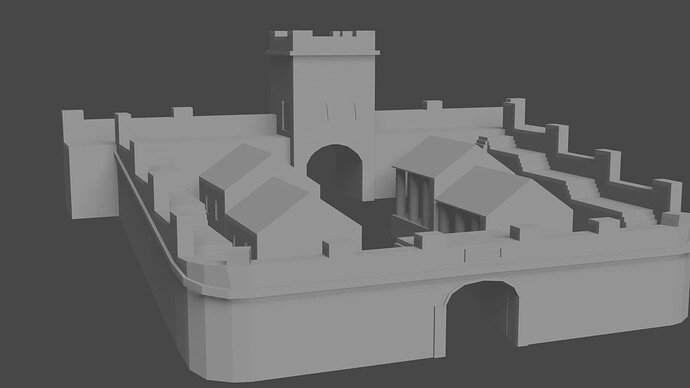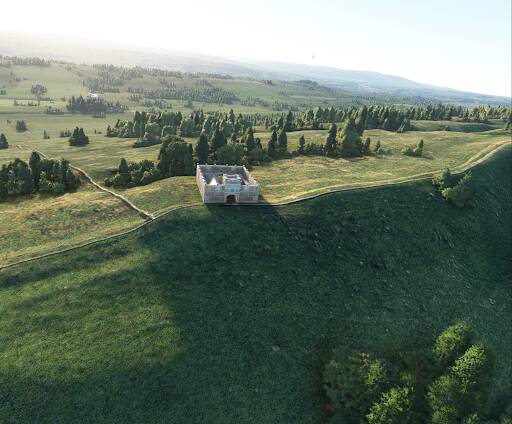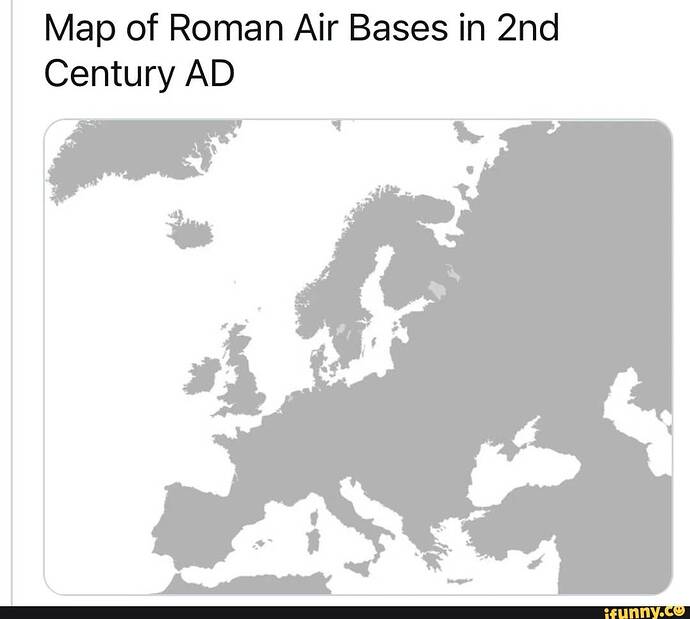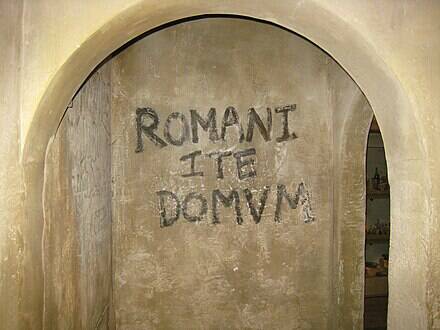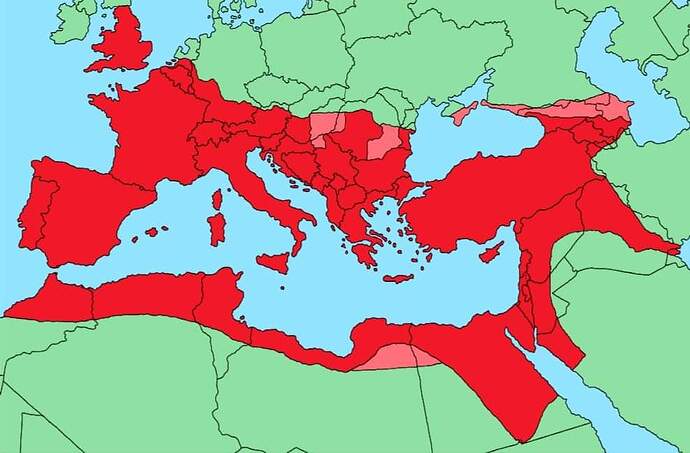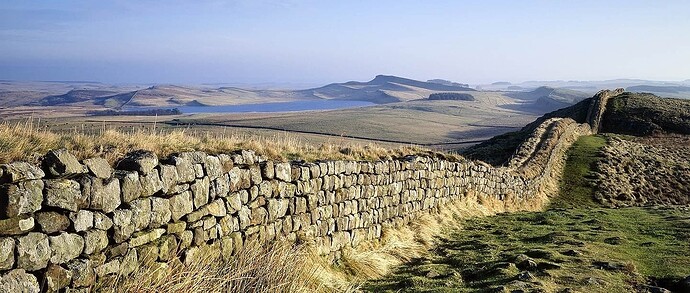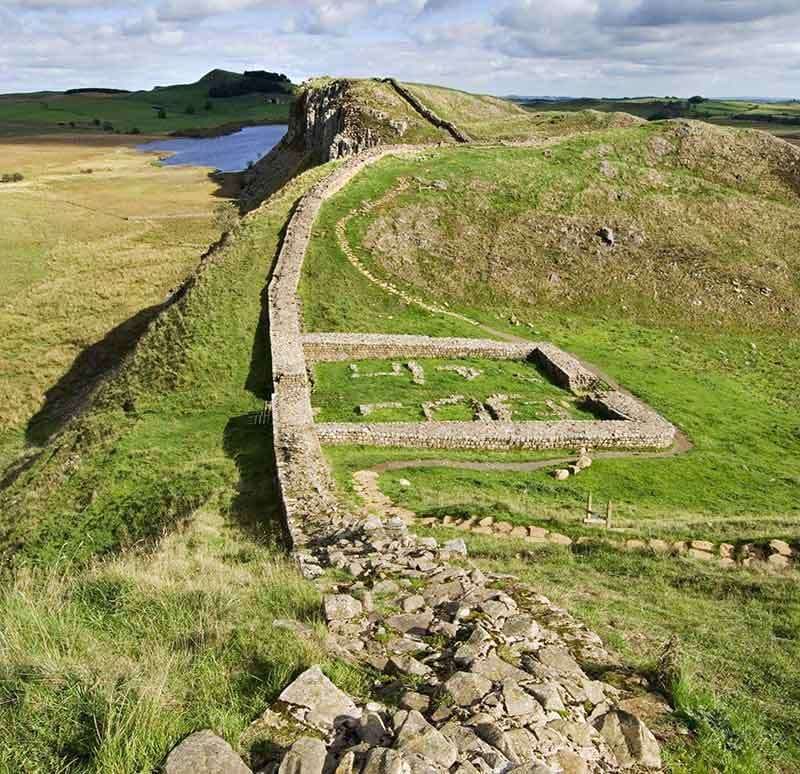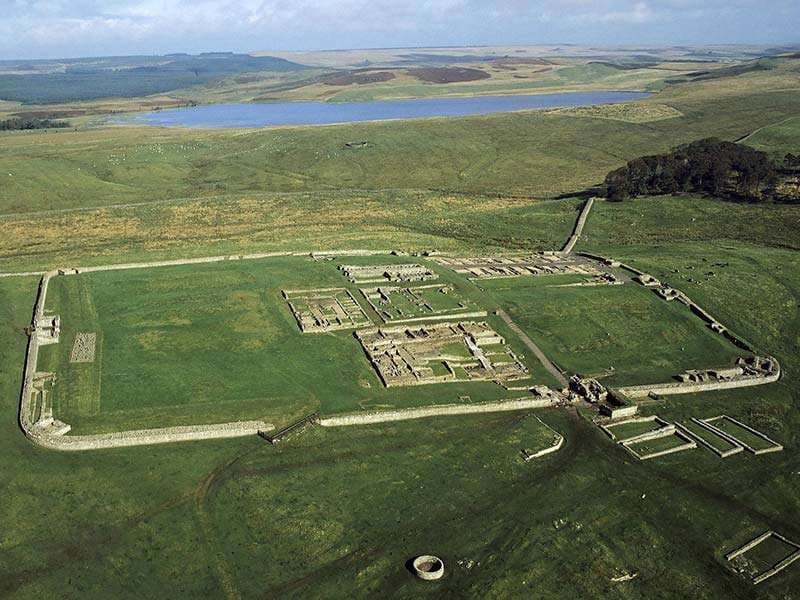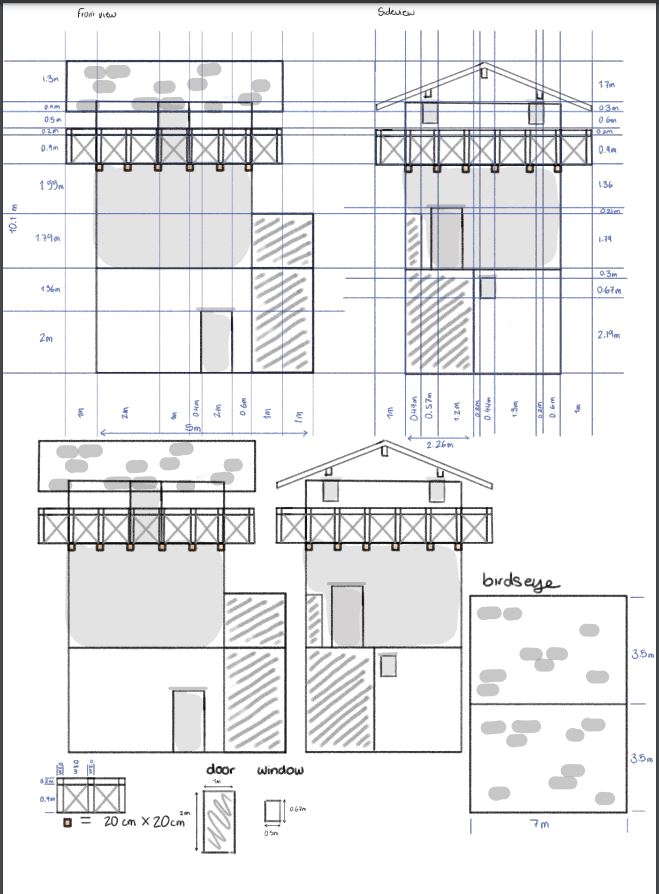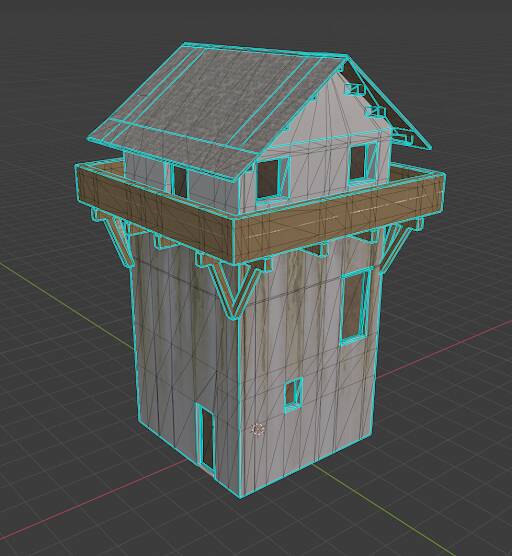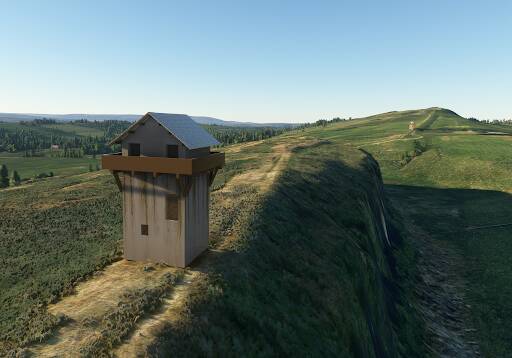New developer Time Machine Designs is excited to announce the development of our first scenery addon for MSFS.
“Hadrian’s Wall 180” reconstructs the great Roman wall that stretches east to west across England as it appeared in the year 180AD / CE.
Our addon will allow simmers to experience the world’s first complete reconstruction of the entire Hadrian’s Wall system as it appeared at its peak.
Using individually modelled structures from ovens to fort HQ buildings we will bring you:
- 73 miles of wall
- 140 miles of earthworks and obstacles
- 152 turrets
- 78 Milecastles (small forts)
- 18 complete legionary forts with villages
- 4 bridges
- The complete Roman town of Coria (Corbridge)
- Each structure accurately placed according to the available data
- Retextured landscapes to remove modern towns, roads, buildings and quarries
The entire system is being modelled using the latest archaeological and historical research and in future posts we will tell you more about the unique partnership behind the project.
For now though, here are some initial work in progress shots.
From the desk research - mapping of milecastle & turret types
Technical drawing of the Willowford Bridge
Early concept art for a village house
Milecastle 42 model
Wallsend Fort (Segedunum) model
We look forward to bringing you more updates as the project progresses.
